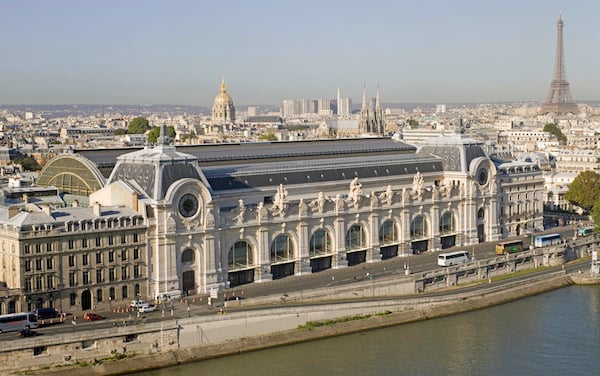Art & Exhibitions
Unions Concerned By Seven-Day Opening for Paris’s Top Museums


Lorena Muñoz-Alonso

The French government has announced that the country’s top three most visited museums—the Louvre, the Palace of Versailles, and the Musée d’Orsay (all located in and around Paris)—will soon be open seven days a week, Art Daily reports.
The measure is expected to be implemented between 2015 and 2017, ending the misery of tourists, who currently find the doors of these highly popular institutions closed one day a week, on Monday or Tuesday.
The culture ministry predicted that the “net economic effect would be positive,” with ticket proceeds outweighing the costs involved. It also declared that unions would be consulted about the change.
But the unions haven’t waited to express their reservations. Christian Galani, of the CGT union at the Louvre, said: “The idea is to get the maximum amount of money possible and there is no thought about the visiting conditions.” “If we open seven days out of seven, we will only be able to open 60 percent of the rooms whereas today, 85 percent of the Louvre is open, and the visitor density will rise just as quickly as before,” he continued.
The CFDT union at the Palace of Versailles has released a statement predicting other practical difficulties. “We will have to do cleaning work at night,” it said. “That will cost more because they will have to pay night wages.” Film crews who pay whopping figures to use Versailles as a backdrop on closed days might also face problems, it warned.
As controversial as it might be, the new measure follows a well-established global trend. MoMA, Tate, and the Museo del Prado are all open every day of the week.
The Louvre is the world’s most visited museum, with more than 9.2 million visitors per year. The Palace of Versailles attracts 7 million visitors per year, and the Musée d’Orsay 3.5 million.